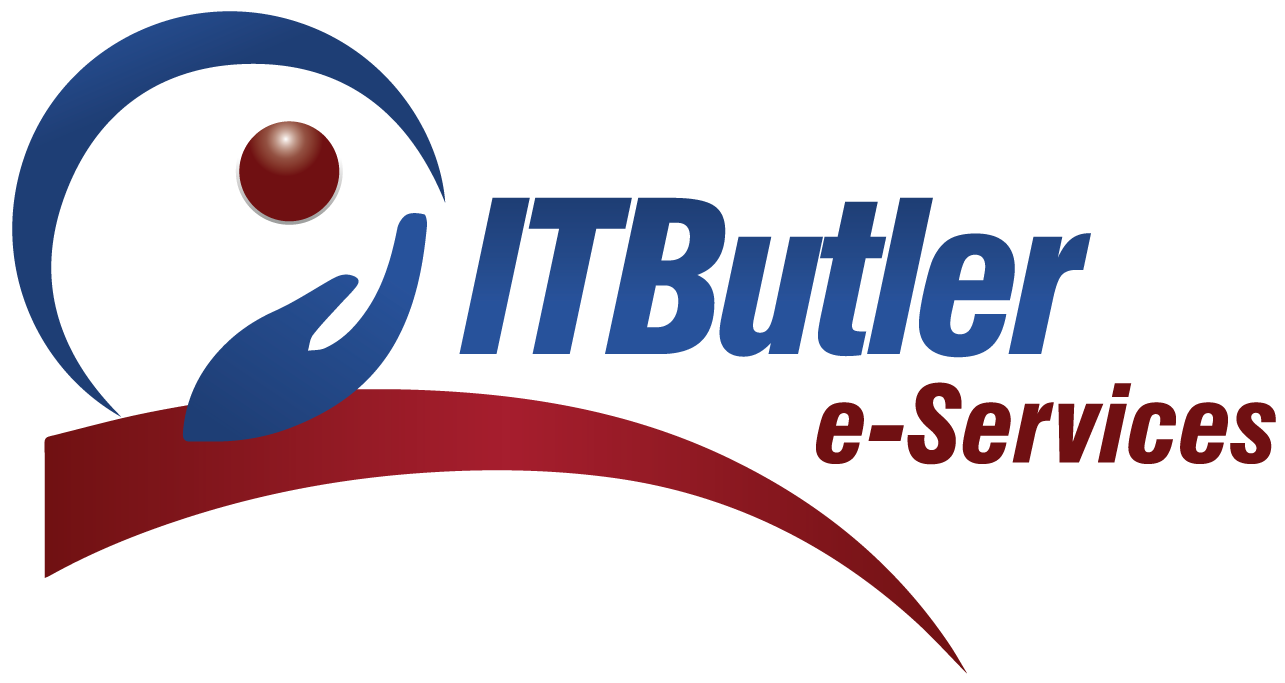What would happen if your bank suddenly shut down due to a cyberattack, power outage, or natural disaster? Would your transactions be safe? Would you still be able to access the money? However, these are the questions that the financial institutions in Saudi Arabia need to address to provide continuous banking services. So the SAMA provides policies to ensure that money-laundering institutions can carry out their operations during the crises. A cyberattack, an IT breakdown or a calamity threatens to halt the operations of banks and financial firms. Thus, this is where SAMA business continuity compliance becomes crucial.
Business continuity planning is far from simply replicating systems. It means to have a solid blueprint for a financial institution to keep functioning while being compliant with the laws and regulations. This blog therefore discusses SAMA’s business continuity expectations, the implications of non-compliance and mitigating measures.
Understanding SAMA Business Continuity in Financial Institutions
Business continuity may be defined as the capacity of an organization to operate as per its anticipated plans in disruptions. This entails measures that can be taken before, during, and after a disaster such as a cyber attack, natural disaster, or system downtime.
A BCP describes processes of managing risk, business recovery, and restoration of key operations among financial institutions. Thus, for banks and financial services, this will entail:
- Continuous access to online banking and ATM services.
- Moreover, protection of customer transactions and sensitive financial data.
- Immediate recovery from IT failures or security breaches.
Why Business Continuity is Critical for Financial Institutions
Disruption is a probable risk for most financial institutions. So a server outage can prevent business transactions while a cyberattack results in the loss of customers’ confidential details. They can lead to such outcomes:
Financial Damage: If the system fails to deliver what is expected, customers will shift to other services and this results in loss of financial gains.
Losing Money: Moreover, depending on the criticality of the system in an organization or government institution, it may lead to loss-making transactions.
Penalties: Violations of SAMA business continuity rule and regulation attract penalties in terms of fines.
Reputational Damage: Bank services can sometimes go down frequently and in turn, causes the particular bank to lose its reputation.
Key Business Continuity Compliance Requirements
The following is a list of requirements, which according to SAMA business continuity requirements, must be met:
1. Conduct a Business Impact Analysis (BIA): Determine which functions in banking are critical and how they are vulnerable.
2. Mitigation Plan: That is to create a risk management framework to address such issues as Cybersecurity threats, operating risks and external shocks.
3. Develop a Crisis Management Plan: Moreover, identify teams for response to the incidents and general emergency procedures.
4. Develop Data Backup and Disaster Recovery Mechanisms: Protection of the data is crucial and a part of the DRP that should be put into consideration to include the following;
5. Conduct Business Continuity Testing: So this is a form of practice that should be undertaken in organizations to check the effectiveness of the recovery plans.
Developing a SAMA-Compliant Business Continuity Plan (BCP)
1. Business Impact Analysis (BIA) & Risk Assessment
In general, a Business Impact Analysis (BIA) can be used in the following ways with relation to the financial institutions:
- Critical banking operations: (e.g., payment processing, online transactions, customer service).
- Potential threats: (e.g., cyberattacks, hardware failures, supply chain disruptions).
- Recovery Time Objectives (RTO): So the amount of time systems can be out before recovery.
2. Establishing a Business Continuity Policy
A business continuity policy outlines:
- Roles and responsibilities of employees during crises.
- It therefore follows that, there is a need to implement measures to meet the SAMA business continuity.
- Communication strategies for customers and stakeholders.

3. Incident Response & Crisis Management Plan
Some elements that should be put into consideration when developing an incident response plan include:
- A dedicated response team (IT, security, compliance, legal teams).
- Emergency communication protocols (internal and external).
- The existent emergency measures for countering threats in a timely and effective manner.
4. Disaster Recovery Plan (DRP) Implementation
Disaster Recovery Plan is a strategy that would allow an IT infrastructure to recover quickly. Therefore, key components include:
- Online versions so that the data can quickly and easily be restored in the case of a loss of financial information on their computers.
- Backing up systems so that there should not be a total system failure.
- Alternative work sites for business continuity.
5. Business Continuity Testing & Training
BC drills and simulations should be conducted frequently in an organization to assess the organization’s preparedness. Banks should:
- Conduct cyberattack response drills to test security protocols.
- Further, train employees on SAMA business continuity guidelines.
- Lastly, update BC plans based on test results
Third-Party Risk Management in Business Continuity
Ensuring Vendor Compliance with SAMA Regulations
Third party vendors are commonly used in financial institutions to supply IT services. SAMA mandates that:
- All the vendors have to heed and adhere to the BC regulations about their businesses.
- The former means that contracts cannot fail to specify the business continuity expectations of the involved parties.
- Moreover, financial firms should evaluate their vendors’ preparedness.
Managing Cybersecurity Risks from Third-Party Service Providers
However, banks must:
- Implement strict measures to protect the data provided by each patient to the doctor.
- Thoroughly evaluate the third-party security practices all the time.**
- Vendor failure is inevitable, so having contingencies when selecting a vendor is also essential.
Incident Reporting & Documentation for SAMA Compliance
Mandatory Reporting Guidelines
SAMA requires financial institutions to:
- Report any major incidents within the first six hours of their occurrence.
- In case of an incident, submit a complete contrast analysis within 48 hours.
Documentation & Record-Keeping Requirements
Banks must maintain:
- Documentation of the incidents which were experienced and measures taken to contain them.
- Audit reports consider the results of inspections carried out by management and regulatory authorities.
- Continuity tests have been conducted as follows to establish the level of preparedness.
Conclusion
It is significant for financial institutions to implement the SAMA business continuity compliance measures to achieve business continuity. Proper BC strategy safeguards customers and business continuity and helps to avoid violation of regulatory norms. Therefore, the issue of updating the organizations’ BC plans remains urgent due to constantly arising threats.






